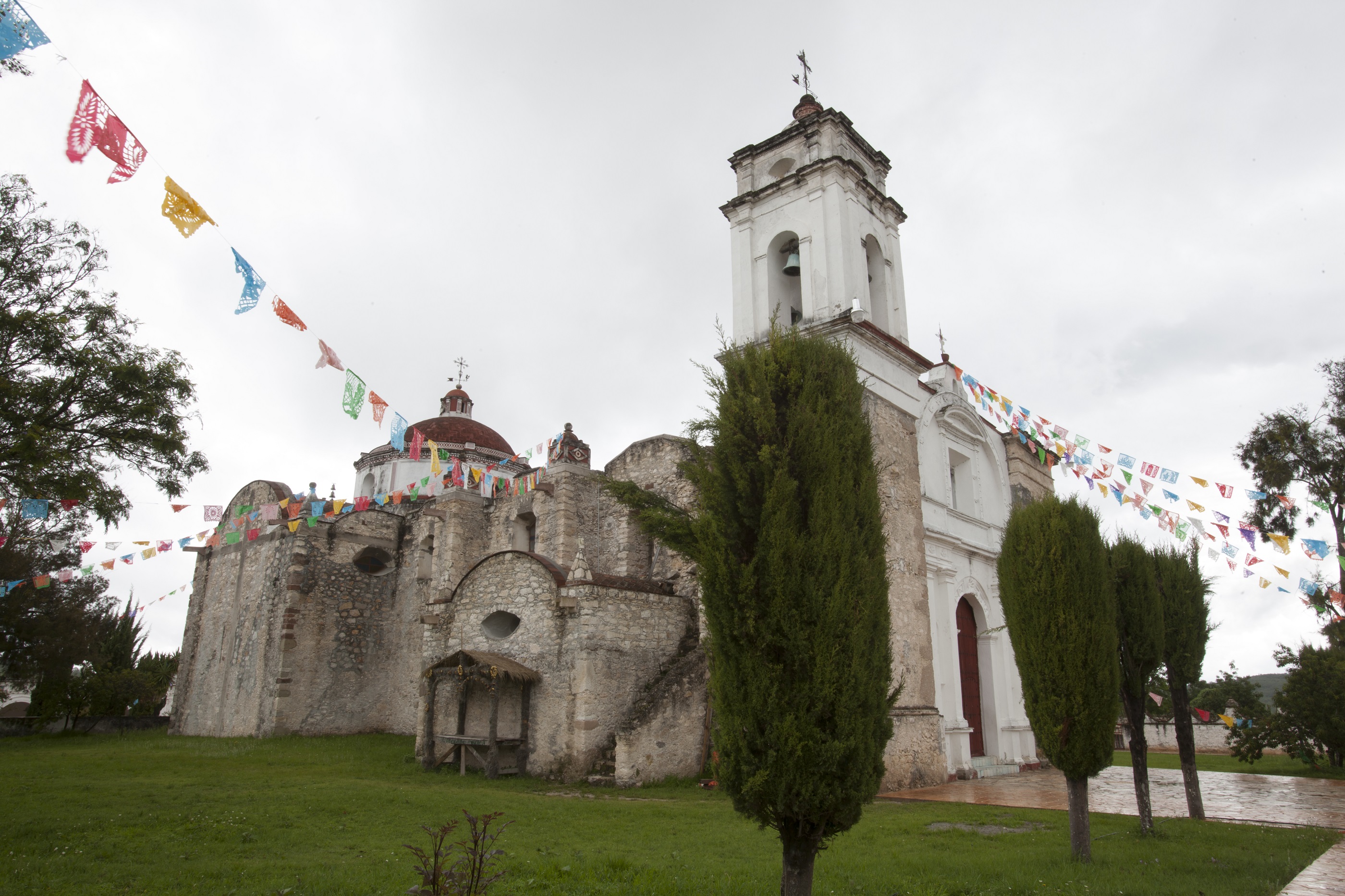San Pedro Yucunama
A fantastic little town of springs and soap making, high in the Oaxaca mountains.

San Pedro Yucunama is a fantastic little town just over the hill directly north from San Pedro y San Pablo Teposcolula. It\\\\\\\\\\\\\\\\\\\\\\\\\\\\\\\\\\\\\\\\\\\\\\\\\\\\\\\\\\\\\\\'s about a 20-minute ride in a taxi, and most visitors will take in both towns on the same trip.
The town is arguably most famous for being home to theYucunama codex. Dating ftom 1530 to 1550, it\\\\\\\\\\\\\\\\\\\\\\\\\\\\\\\\\\\\\\\\\\\\\\\\\\\\\\\\\\\\\\\'s one of very few surviving Mixtec pictorial documents and provides a record of the land ownership of the community. It\\\\\\\\\\\\\\\\\\\\\\\\\\\\\\\\\\\\\\\\\\\\\\\\\\\\\\\\\\\\\\\'s housed in the Archaeological Museum which holds a great store of artifacts from the ancient, colonial and revolutionary eras. The museum also holds an enormous collection of medicinal plants of the region.
Yucunama in the Mixtec language means "hill of soap." And it was long famed for the natural springs that watered washing stations for which the town was well known.
People come today for the paintings, sculptures, altarpieces, and ornaments in the 16th-century temple of San Pedro. But don\\\\\\\\\\\\\\\\\\\\\\\\\\\\\\\\\\\\\\\\\\\\\\\\\\\\\\\\\\\\\\\'t miss the springs, like El Sabino (Ojo de agua dulce). The ahuehuete, considered the second biggest in Oaxaca, grows by one of them.
Similarly, el Chandaquito is home to the Fuente de los Lavaderos. It\\\\\\\\\\\\\\\\\\\\\\\\\\\\\\\\\\\\\\\\\\\\\\\\\\\\\\\\\\\\\\\'s just a little 16th-century watering hole, later done up in stone. But the arched building with the communal washhouses gives you at least a glimpse of the generations of, especially women, who did the washing here. Where else in history can we really see the people who did the work. It can, and should affect all of us.
La pilita chan\\\\\\\\\\\\\\\\\\\\\\\\\\\\\\\\\\\\\\\\\\\\\\\\\\\\\\\\\\\\\\\'da quito (eye of mineral water), is one more spring that visitors still marvel at. It\\\\\\\\\\\\\\\\\\\\\\\\\\\\\\\\\\\\\\\\\\\\\\\\\\\\\\\\\\\\\\\'s been in use, even since ancient times, for theancient Mixtec people here crushed amole, to produce soap.